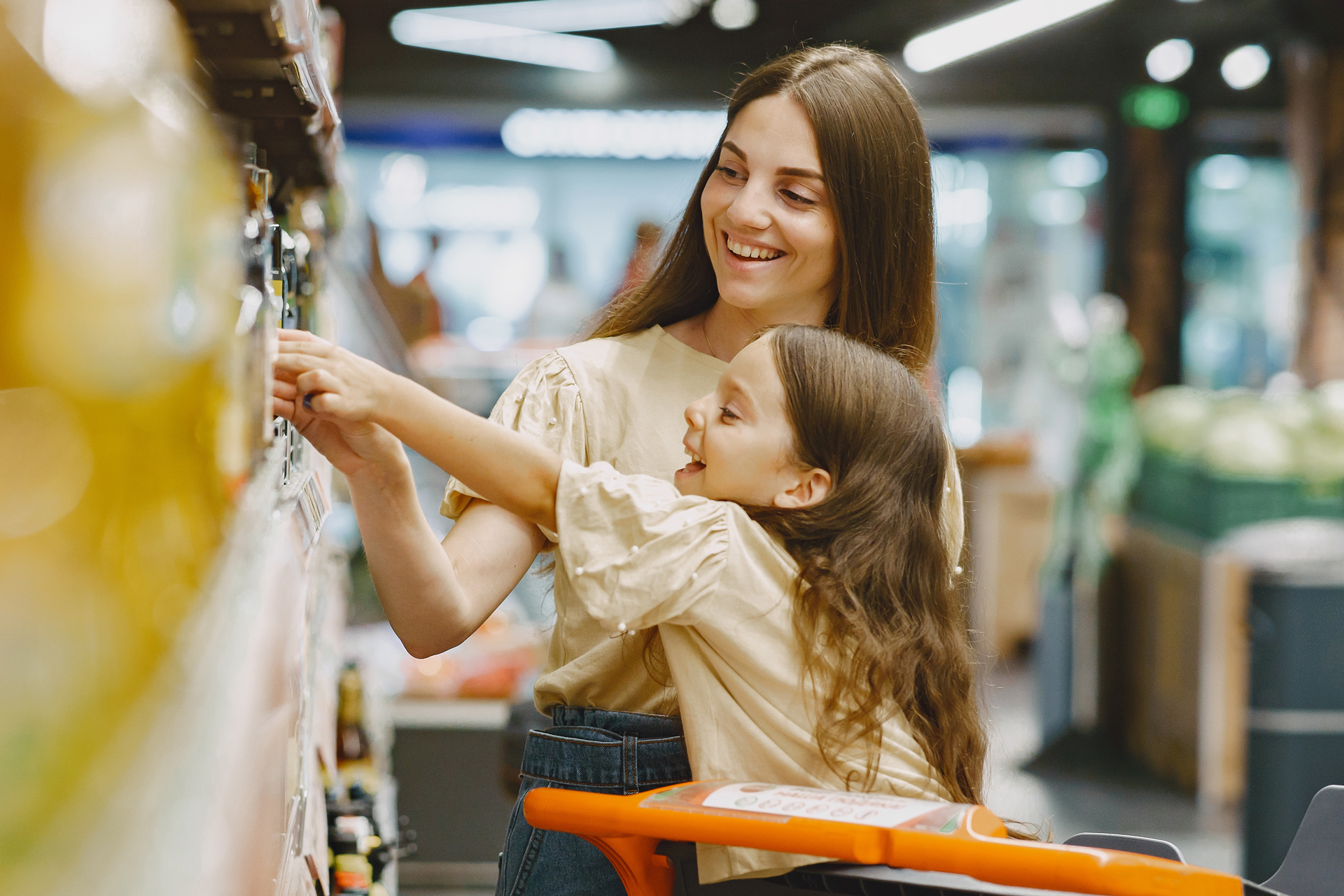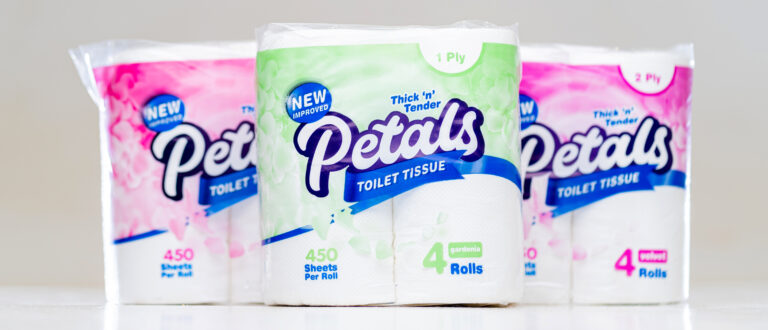In the battle for consumer attention, your product packaging is your front-line soldier. It’s the silent salesperson working tirelessly on the shelf, whispering promises of value and quality, and ultimately, influencing that crucial purchase decision. But product packaging design isn’t just slapping a logo on a box; it’s a strategic art and science.
Let’s unpack the world of product packaging design and discover how to create packaging that not only protects your product but also transforms it into an irresistible brand experience.
More Than Just a Pretty Face
Product packaging design is the blueprint for your product’s physical presentation. It’s the meticulous process of defining every attribute of what encloses and showcases your goods. We’re talking about the nitty-gritty details.
- Materials: Choosing the right substances – paperboard for its eco-friendliness, plastic for its durability, or cutting-edge biodegradable options for sustainability.
- Graphics: Crafting compelling visuals – the images that pop, the shapes that guide the eye, and the overall visual layout that tells your brand story at a glance.
- Colors: Selecting a colour palette that evokes the right emotions and associations – vibrant hues for energy drinks, calming pastels for skincare, or bold metallics for luxury items.
- Typefaces: Orchestrating the typography – the fonts, weights, sizes, and messaging that create a visual voice for your brand, conveying clarity and personality.
- Form & Structure: Sculpting the shape – whether it’s a classic box, a sleek bottle, a convenient can, or innovative wrapping, the form must be both functional and aesthetically pleasing.
Essentially, product packaging design is the harmonious blend of form, structure, materials, color, imagery, typography, and essential information, all strategically orchestrated to make your product market-ready and market-conquering.
3 Objectives of Great Packaging Design
Why sweat the details of packaging design? Because well-executed packaging is a marketing powerhouse. It’s not just about getting your product from point A to point B; it’s about achieving so much more.
Eye Magnet—Stop the Scroll, Grab the Glance
Imagine your product sitting amongst dozens of competitors on a crowded retail shelf – or battling for attention in a busy online marketplace. Exceptional packaging acts like a visual siren, instantly grabbing attention and drawing the shopper in. It’s that critical first impression that can transform a casual browser into a potential buyer. A curious glance can quickly turn into a converted customer, all thanks to packaging that stands out from the visual noise.
Influencing Buying Decisions at the Crucial Moment
Packaging isn’t just eye candy; it’s a powerful influencer. It works in two key ways to drive purchase decisions.
- (i) Broadcasting Brand Values. More than just a product, it’s a belief. Think of your packaging as a miniature ambassador for your brand. It’s your opportunity to visibly communicate what your brand stands for, your core ethos, and your unique mission. In a world where consumers are increasingly values-driven, your packaging can answer critical questions: What does your brand believe in? Why should a shopper choose you over the countless alternatives? Packaging that authentically reflects your values creates a deeper connection with your target audience.
- (ii) Encouraging the Final “Yes”. Messaging on your packaging isn’t just about listing features; it’s about speaking directly to the consumer’s needs and desires. This is especially vital for those “on-the-fence” shoppers who are intrigued but haven’t quite committed. Compelling messaging – highlighting key benefits, addressing pain points, and creating a sense of urgency – can be the persuasive push needed to convert interest into a sale. Think of it as a mini-sales pitch right in their hands.
Educating and Engaging Your Customer
Packaging is a golden opportunity to provide vital information in a way that’s both engaging and easy to digest. Forget boring instruction manuals hidden inside; your packaging itself can become a mini-guide. Highlight key product features, list ingredients or materials, provide usage instructions, share compelling stories about your brand, or even offer recipe ideas or complementary product suggestions. Well-designed informational packaging empowers consumers, builds trust, and enhances their overall experience.
The 5-Step Blueprint for Packaging Design Success
Creating packaging that works this hard requires a structured approach. Here’s a 5-step process to guide you.
1. Market Research
Know Your Audience, Own Your Space. Effective packaging isn’t created in a vacuum. It begins with deeply understanding your target consumer. Who are they? What are their needs, desires, and aesthetic preferences? Conduct thorough market research – focus groups, surveys, and even social listening – to gain direct feedback on packaging concepts and prototypes.
Beyond your customer, you also need to understand the competitive landscape. Analyze your competitors’ packaging strategies. What are they doing well? Where are the gaps? How can you differentiate your brand through unique design elements, messaging, and materials? Track emerging market trends – from minimalist design to sustainable packaging solutions – to ensure your packaging is relevant and forward-thinking.
HOW TO DO IT: Actionable Steps
- Define Your Customer Persona: Pinpoint your ideal customer. Research their demographics, psychographics (values, lifestyle), and buying behaviors. What appeals to them aesthetically? What values do they prioritize?
- Competitive Deep Dive: Analyze at least 3-5 key competitors. Document their packaging materials, shapes, colors, messaging, and overall design style. Identify what works for them and where you see opportunities to innovate.
- Brand Essence Definition: Clearly articulate your brand identity, core values, and unique positioning. What is your brand story? What feeling should your packaging evoke?
2. Outlining The Design Brief
The design brief is your creative compass. Before diving into visuals, create a comprehensive design brief. This document is your project roadmap.
HOW TO DO IT: Clearly define the following…
- Product Specifications. Detail the product’s dimensions, weight, fragility, any specific handling or storage requirements.
- Project Parameters. Outline budget constraints, desired timelines, mandatory regulatory information that must be included on the packaging.
- Competitive Context. Reiterate key insights gleaned from your competitor analysis – what to emulate, what to avoid, and opportunities for differentiation.
- Key Objectives. Most importantly, define what you want to achieve with this new packaging. Is it to increase shelf visibility? Communicate a premium quality? Emphasize sustainability? Drive online sales? Clear objectives are crucial for measuring success.
3. Concept Creation & Visual Exploration
This is where creativity takes center stage! Translate your brand identity and design brief into tangible visual elements. Think logo integration, colour palettes, typography styles, compelling shapes, and impactful graphics. Brainstorm and sketch out a wide range of design ideas. Don’t censor yourself at this stage – explore wildly different approaches.
Consider elements that might later become part of your Brand Kit – consistent visual and messaging elements that can be used across all marketing materials. Encourage your creative team to experiment with diverse shapes, colours, typeface styles, and imagery that effectively convey your brand message and product value to your target audience.
4. Idea Selection & Iteration
Refine and focus. With a pool of diverse concepts, it’s time to critically evaluate and select the strongest contenders. Choose your top 3 packaging ideas based on how well they align with your design brief and objectives.
Collaboration is key at this stage. Gather feedback from your team, stakeholders, and even potential customers. Iterate and refine your chosen designs based on this feedback. Experiment with variations in colour, typography, and imagery. Ensure the final design not only looks amazing but also strategically supports your brand values and resonates with your target market.
5. Prototyping & Market Testing
Bring your designs to life! Translate your digital designs into physical prototypes. Consider different materials and printing techniques to truly visualise the final packaging. Conduct rigorous quality checks for structural integrity, safety, and ease of use.
Crucially, put your prototypes to the test. Perform thorough market testing with your target audience. Gauge their reactions, gather feedback on visual appeal, clarity of messaging, and overall usability. Does the packaging effectively communicate your brand values? Does it resonate with shoppers? Does it encourage purchase intent?
If market tests reveal areas for improvement – embrace the opportunity! Invest in further refinements. Even small tweaks based on real customer feedback can significantly increase your chances of sales success.
Once a final design is selected and approved, ensure consistency across all packaging, marketing, and sales materials.
Packaging for Impact
Here’s a short summary of the key take aways we have discussed.
- Packaging is an Experience, Not Just an Enclosure. Remember, you’re not just wrapping a product; you’re creating a memorable brand touchpoint.
- Colors, Shapes, and Materials Speak Volumes. Use visual elements strategically to communicate your brand story and connect with customers on an emotional level.
- Protect, Educate, Attract, Persuade. Effective packaging excels at all four – protecting the product, educating the consumer, attracting attention, and ultimately, persuading them to buy.
- Balance is Key—Form, Function, Message, Visuals. Masterful packaging design is about finding that sweet spot where aesthetics, practicality, clear messaging, and compelling visuals work in perfect harmony.
Ready to elevate your brand with packaging that truly packs a punch?
Partnering with a product packaging design firm like ShelfImpact™ gives you access to a team of seasoned experts. We bring the knowledge, experience, and creative firepower to craft visually stunning, strategically sound, and undeniably marketable packaging designs that get results. Let’s talk today!



